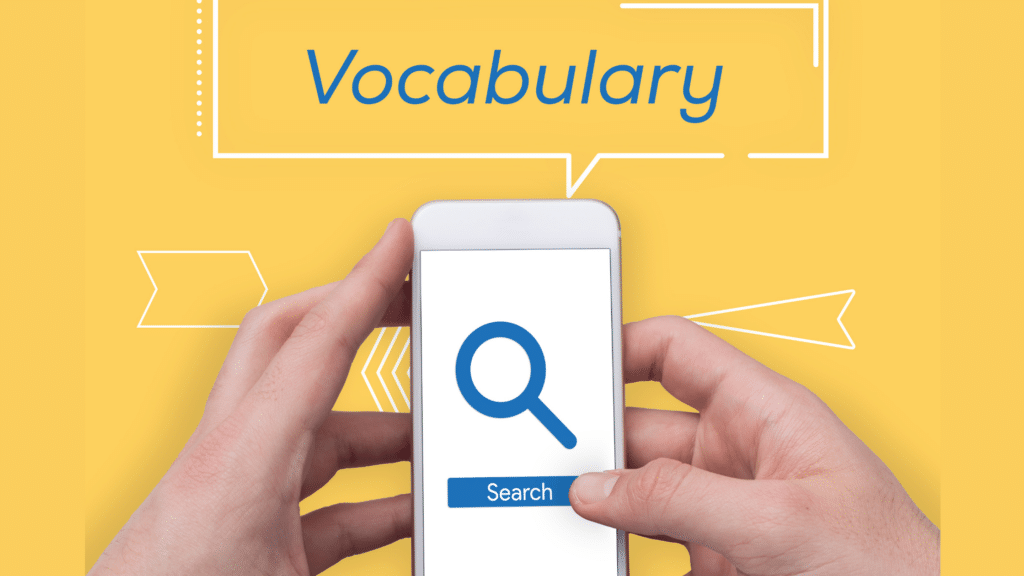
Learn These 100 Words to Speak Another Language
There are no two ways about it: starting to learn a new language is daunting. Some of the most widely spoken languages in the world have over 200,000 words in their lexicon — it would take years to memorize and confidently use every single one. So, what’s a language learner to do?

That is where a useful trick comes in. The Pareto Principle, also known as the 80/20 rule, is applied across a variety of fields and can simplify the learning process. What it means for language learners boils down to this: 20% of your effort in learning new vocabulary in a foreign language can help give you just about 80% comprehension of that language! The exact percentages are less important here than the underlying point, which is that in order to feel comfortable reading and carrying on everyday conversations in another language, you really only need to memorize a fraction of that language’s vocabulary.

Let’s break that down even further. Research shows that the 100 most common English words make up over half of just about every sentence — and that number is roughly accurate in many foreign languages, too. This means that if you learn these 100 words to speak another language, you can get a grasp on at least half of every sentence you read, and that will make understanding the rest using context clues that much easier.

Great news, right? Starting off your foreign language study with a condensed focus of just 100 words can make the task significantly less daunting for beginner language learners. To determine which words to focus on, you will want to check out frequency lists, which rank the most commonly used words in a given language, in English, and potentially in the language you are learning as well.

One of the most widely used frequency lists can be found at the site WordFrequency.info. The site allows you to download a free list of the top 5,000 words printed in the English language. From there, you may want to create flashcards of those words to aid in memorization and break down your study plan into digestible chunks. A great resource for online flashcards is Anki, which can be used on any device that has web access. You can make your own decks or choose from the many shared decks available on the site. To start out, you may want to have flashcards for each of the 100 most commonly used words in English and your target language; as you begin to commit those to memory, you can incorporate those words into basic sentences with fill-in-the-blank spaces to test yourself on the vocabulary.

Ready to get started? Here’s a sneak peek at the 10 most commonly printed words in English — how many do you already have memorized in your target language?
1. the
2. be
3. and
4. of
5. a
6. in
7. to
8. have
9. it
10. I

Need help on your language learning journey? Contact us today to get started!





Responses